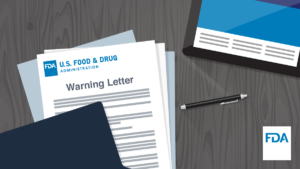
Tools to Aid the Trek to Food Traceability
Tools to Aid the Trek to Food Traceability As the compliance date for the FSMA Traceability Rule continues to draw ever closer, food establishments are

Tools to Aid the Trek to Food Traceability As the compliance date for the FSMA Traceability Rule continues to draw ever closer, food establishments are

With nationwide outbreak cases of cyclosporiasis continuing to increase, rising to more than 200 confirmed cases, TAG clients have been asking about this foodborne illness

With more than half of all estimated foodborne illness outbreaks in the U.S. associated with food from restaurants, the FDA has been conducting studies to

Europe has focused on chemical risks for many years and that concern is now spreading more to North America. As part of this concern, FDA

Last week, we celebrated the annual World Food Safety Day, acknowledging the need for food standards and their contribution to helping save lives. So, the

Today, June 7, we celebrate the fifth annual World Food Safety Day. The day is designated each June to “draw attention, and inspire action, to

Although FDA titled its new Traceability Rule publication: “Small Entity Compliance Guide,” we see no real reason it singles out small entities, as the guidance

If you have – or have considered – adding a touch of sesame to a food that previously did not have it in order to

Receiving an FDA Warning Letter is always an unpleasant and harrowing experience and best to be avoided if at all possible. For the impacted company,